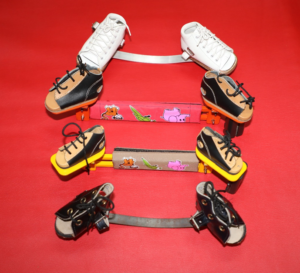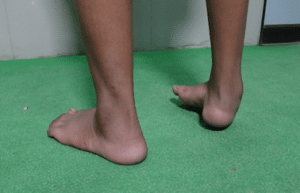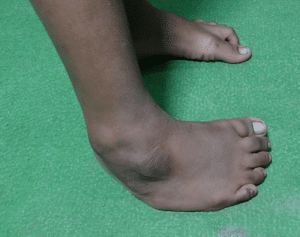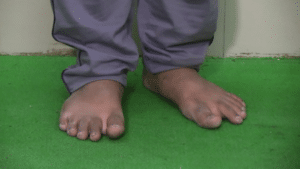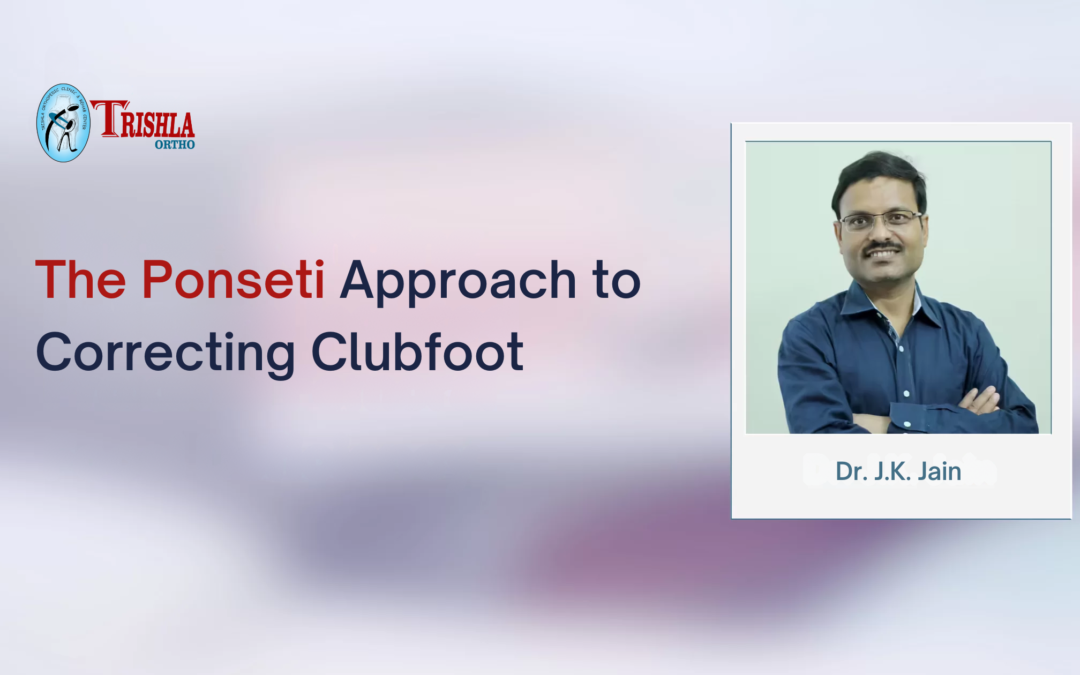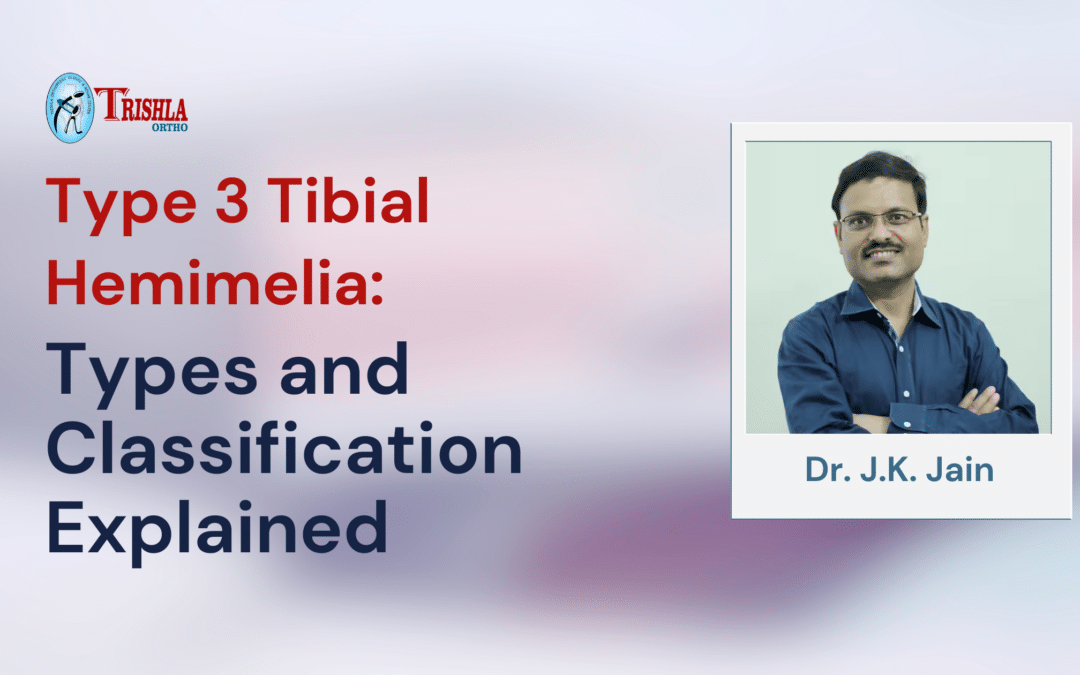
Eight plates are used for growth modulation.
1. What is Congenital Clubfoot:
club foot is a foot deformity present in a child since birth. It is a congenital anomaly in which the foot is deformed. The foot is small in size, the front portion is twisted inside, and the heel card is tight. It can be on one or both sides. If a child has a club foot, then we should also look for a problem like hip & knee dislocation. Usually, deformity of the foot does not prevent a child from walking, but he will walk on the outer border of the foot, so the child will develop callosity on the lateral aspect of the foot and can have pain. In addition, calf muscle will be thin. If it is not managed in early life, then the foot bone will also be deformed. Usually, no investigation is required, but in late cases, an x-ray of the foot is required to determine severity.
2. Treatment Options for Congenital Clubfoot:
treatment of congenital clubfoot should be started as earliest as possible. Because in the very early phase of life, soft tissue & bone are very soft, so they are easily correctible. Usually, treatment starts after 3rd day of birth. In this problem, the usual way of treatment is manipulation & plaster application. In some places, paper tapping has also been used, but plaster application is the main method of treatment used worldwide.
Manipulation techniques many methods have been tried, but the onset technique is being used worldwide with a great success rate. In this method of manipulation, all the deformity of the club foot is managed in a sequential manner by manipulation. The plaster will be applied after holding the foot in the correct position.
Usually, 5-6 plaster is required at the interval of 7-10 days. In the end, Heel card tenotomy is done to correct heel card deformity. After that, the plaster will be given for one month. After the removal of the plaster, a foot abduction brace is advised to be worn until the age of 2 years. A brace should be worn by the child 24 hours a day. Braces should be removed only during exercise, oil massage, and change of clothes.
The child should be in direct touch with a pediatric orthopaedic surgeon for a long duration to prevent recurrences. Parents will also be given the training to do light exercises of the foot at home. Regular wearing of the brace, exercise, stimulation at the sole, and close watch can prevent the recurrences. If recurrence occurs, then again child will need manipulation &ponseti plaster application. In some cases, the child will need tendon transfer of the tibialis anterior to the lateral part of the foot. In elderly children, our approach is slightly different from others.
We start our treatment with ponseti plaster & plaster application, but the number of plaster will be more. In some cases, we start with minor surgery on the sole, followed by plaster, and lastly, tendon transfer & heel card lengthening. By this technique length of the foot is maintained & remains mobile and supple. Earlier, we used to do bony surgery, in which the size of the foot became small, so it was not cosmetically looking good. Ring fixator (Ilizarov) and JESS fixator are also being used in difficult cases. Osteotomy (bone surgery) is required in the adult with a club foot. Without correction of deformity, a brace has no role. Exercise alone does not help much in these cases
3. Prevention Strategies for Congenital Clubfoot:
Congenital clubfoot cannot be prevented. It can be identified in the mother’s uterus itself by ultrasound so that we can start treatment at a very early age. The long-term outcome is excellent with the very early start of treatment, continued use of foot abduction brace, exercise, and close watch of any recurrence. Even if recurrence happens, that should also be managed with the conservative approach of the modified ponseti plaster technique. With this approach, long-term disability can be prevented, and the child can wear normal shoes.
CTEV Foot abduction brace
Club foot in elder children
Foot after treatment by modified ponseti technique
Reference link –
https://www.webmd.com/a-to-z-guides/what-is-clubfoot
https://medlineplus.gov/ency/article/001228.htm

